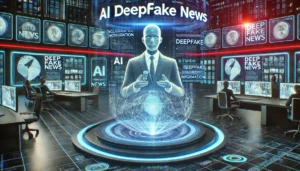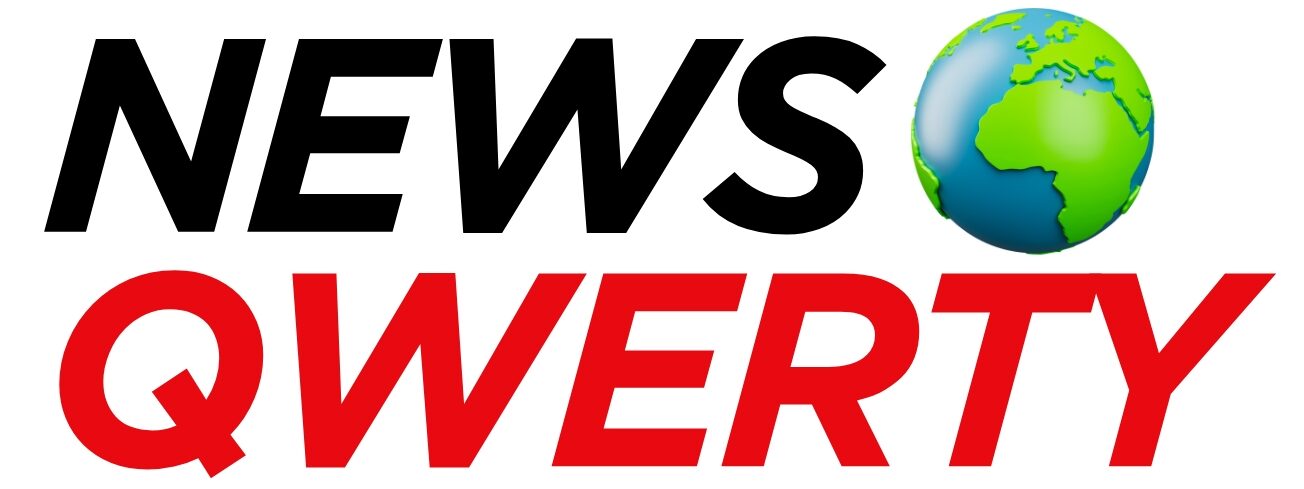 AI Deepfakes The New Weapon in Global Misinformation Wars Artificial intelligence (AI) is advancing at an unprecedented rate, but with this progress comes a new and terrifying reality: deepfake technology. Originally developed for entertainment and creative purposes, deepfakes are now being weaponized to manipulate elections, deceive financial markets, and spread false narratives worldwide. With misinformation already a major issue, AI-generated content has made it nearly impossible to distinguish fact from fiction.
AI Deepfakes The New Weapon in Global Misinformation Wars Artificial intelligence (AI) is advancing at an unprecedented rate, but with this progress comes a new and terrifying reality: deepfake technology. Originally developed for entertainment and creative purposes, deepfakes are now being weaponized to manipulate elections, deceive financial markets, and spread false narratives worldwide. With misinformation already a major issue, AI-generated content has made it nearly impossible to distinguish fact from fiction.
How AI-Generated Fake Content is Shaping Elections, Finance, and Media?
From political campaigns to stock market manipulation, deepfake technology is reshaping reality at an alarming pace. AI-generated videos, voices, and images are now indistinguishable from real ones, making it the most dangerous tool in misinformation history.
What Are AI Deepfakes?
Deepfakes are hyper-realistic videos, images, or audio recordings created using AI-based deep-learning models. They can convincingly make it appear that someone is saying or doing something they never did. The most common tools for creating deepfakes include Generative Adversarial Networks (GANs), which can generate lifelike content by analyzing massive datasets of a person’s voice or facial expressions.
How Deepfakes Are Changing the World?
1. Deepfake Scandals and Reputation Damage
Celebrities, politicians, and ordinary individuals have all fallen victim to deepfake scandals, where manipulated images or videos tarnish reputations and cause irreversible harm.
Some Recent Examples:
AI-generated fake nude images of celebrities have been shared online, violating privacy rights.
AI-created voice recordings have been used to fabricate damaging conversations.
Individuals have been targeted with fake videos of themselves in compromising situations, leading to harassment or blackmail.
2. Fake News and Media Crisis
News organizations are already struggling with misinformation, but deepfake videos are making the problem even worse. The ability to create entirely fabricated news events is leading to mass confusion.
Some Example:
AI-generated news anchors are delivering fake news reports to spread political propaganda.
AI-modified protest footage has been used to create false narratives in conflict zones, escalating tensions between communities.
3. Political Manipulation and Election Interference
Elections across the world have already been affected by deepfake technology. From altered speeches to fake endorsements, AI-generated videos have been used to manipulate public opinion.
Some Example:
. In India’s 2024 elections, AI-generated videos of political candidates were circulated, making them appear to say controversial statements they never actually made.
. The 2020 US elections saw multiple attempts to spread fake videos of candidates, raising concerns about election security.
. In Europe, politicians have been targeted with AI-generated content, influencing debates on immigration and policy reforms.
https://www.bbc.com/news/world-asia-india-68918330
4. Stock Market Manipulation & Financial Fraud

Financial markets operate on trust and real-time information, but deepfakes are now being used to spread fake announcements that can instantly crash or boost stock prices.
Some Example:
A deepfake video of a CEO announcing false financial losses led to a company’s stock plunging within minutes before the video was exposed as fake.
AI-generated voices of company executives have been used in scam calls to trick employees into transferring millions of dollars.
The Global Response to Deepfake Threats!
Tech Companies Are Fighting Back
Tech giants are investing in AI detection tools to counter the spread of fake content:
Google and Meta (Facebook) are developing AI tools to detect deepfakes automatically.
OpenAI has introduced watermarking techniques to identify AI-generated content.
TikTok and X (formerly Twitter) are labeling AI-generated media to prevent misinformation.
Government Regulations Are Expanding :
Many countries are implementing legal frameworks to regulate deepfake usage:
The European Union’s AI Act will hold tech companies accountable for the misuse of AI-generated content.
China has strict laws requiring AI-generated content to be labeled.
The US is considering a federal deepfake law to penalize those who spread false AI-generated information with malicious intent.
How to Protect Yourself from Deepfakes?
. Fact-Check Before Believing – If a video seems shocking or controversial, cross-check it with multiple news sources.
. Use AI Detection Tools – Platforms like Deepware Scanner and Microsoft’s Video Authenticator can help verify content.
. Spread Awareness – Educate others about deepfake technology and how to spot fake content.
. Protect Your Digital Identity – Avoid sharing high-resolution images and videos online that could be used to create deepfakes of you.
The Future of Deepfakes: What’s Next?
Experts predict that deepfakes will continue to evolve, becoming even more realistic and harder to detect. While AI-generated content has positive uses (like entertainment and education), its misuse poses a serious threat to global democracy, financial
stability, and personal security.
Deepfake technology is no longer a science-fiction concept—it is a real and growing global crisis. From manipulating elections to damaging reputations, deepfakes are changing how we perceive reality.
Share this article to raise awareness before it’s too late!
Read more.https://newsqwerty.com/google-pixel-9a-launch-specifications-specs-price/
For More Information About AI Deepfakes Click on The Linkhttps://www.infosec.ch/en/consultancy/deepfake-awareness/#:~:text=Deepfakes%20are%20digital%20fakes%20of,or%20to%20provoke%20desired%20actions.

